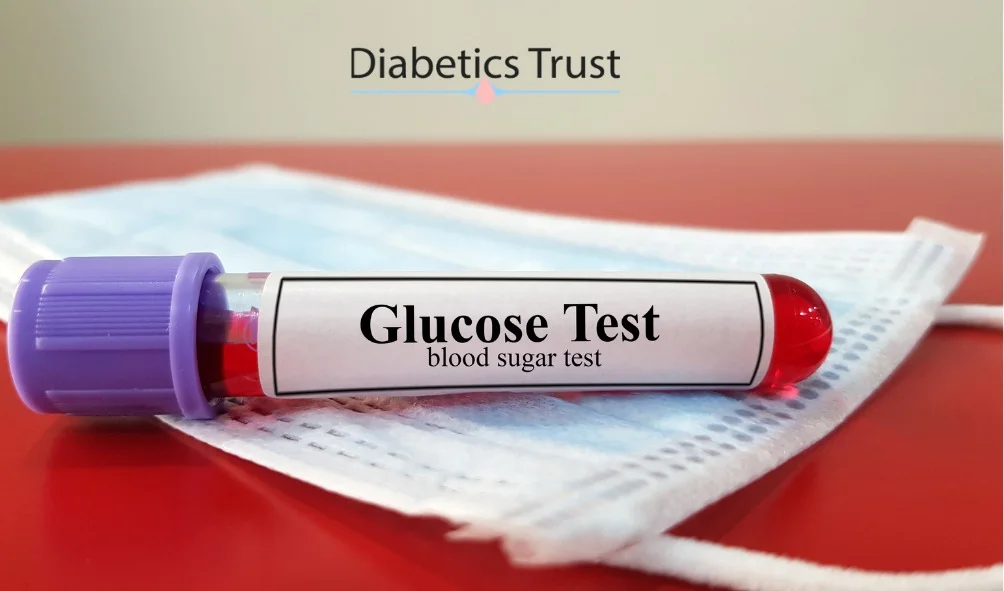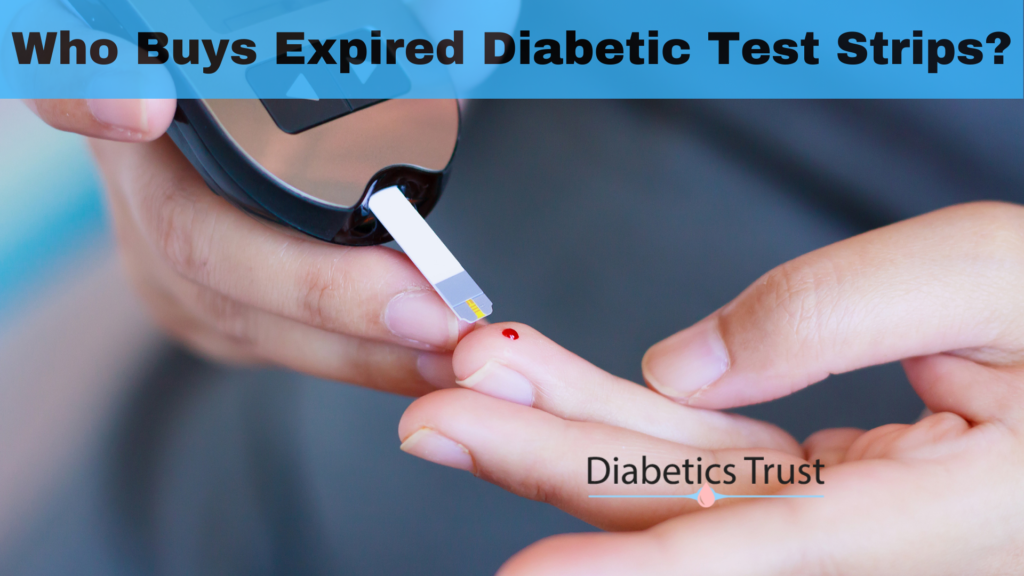Diabetes is a chronic metabolic disorder characterized by high blood glucose levels. Proper classification and accurate diagnosis of diabetes are essential for effective management and treatment. In this article, we will explore the various types of diabetes and the diagnostic methods used to identify this condition.
Classification of Diabetes:
Type 1 Diabetes:
This type of diabetes occurs when the body’s immune system mistakenly attacks and destroys the insulin-producing cells in the pancreas. Type 1 diabetes is usually diagnosed in children and young adults. Individuals with type 1 diabetes require lifelong insulin therapy to regulate their blood sugar levels.
Type 2 Diabetes:
Type 2 diabetes is the most common form of diabetes and usually develops in adulthood. It occurs when the body becomes resistant to insulin or doesn’t produce enough insulin to meet the body’s needs. Lifestyle factors such as poor diet, sedentary lifestyle, and obesity can contribute to the development of type 2 diabetes. Initially, type 2 diabetes can often be managed through lifestyle modifications, such as healthy eating and regular exercise. In some cases, medication or insulin therapy may be necessary.
Gestational Diabetes:
Gestational diabetes occurs during pregnancy and affects approximately 7% of pregnant women. It develops when the body cannot produce enough insulin to meet the increased insulin demands during pregnancy. Gestational diabetes usually resolves after childbirth, but affected women have an increased risk of developing type 2 diabetes later in life.
Diagnostic Methods for Diabetes:
Fasting Plasma Glucose (FPG) Test:

This test measures the fasting blood glucose level after an overnight fast. A blood glucose level of 126 milligrams per deciliter (mg/dL) or higher indicates diabetes.
Oral Glucose Tolerance Test (OGTT):
The OGTT involves fasting blood glucose measurement followed by the consumption of a glucose-rich drink. Blood glucose levels are then measured periodically over the next few hours. A blood glucose level of 200 mg/dL or higher after two hours indicates diabetes.
Hemoglobin A1c (HbA1c) Test:
The HbA1c test provides an average of blood glucose levels over the past two to three months. It measures the percentage of hemoglobin that is coated with sugar (glycated hemoglobin). A result of 6.5% or higher indicates diabetes.





